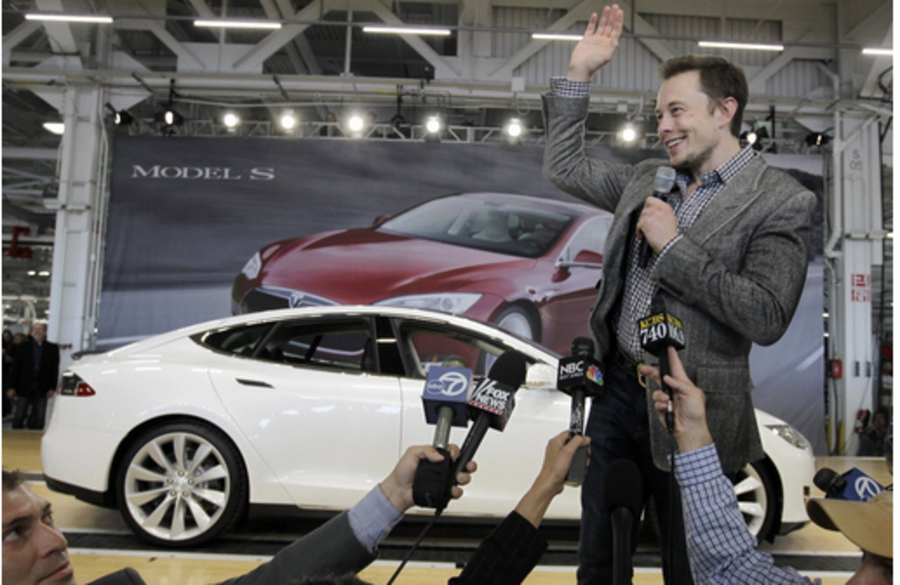Tesla crash test: Tesla Model S is the safest car in the history of the NHTSA
The Tesla Model S is no stranger to awards and high scores, but its latest accolade could be its most important yet.
Its five-star National Highway Traffic Safety Administration (NHTSA) crash test rating was revealed a few weeks back, but Tesla Motors (NSDQ:TSLA) has now revealed the car's score is the highest ever recorded by the NHTSA.
While its five-star score across the board has been attained by other vehicles – around one percent of all cars tested are capable of such a score – its ratings in individual categories are higher than any other vehicle, including larger SUVs and minivans.
As we've seen with other vehicles over recent weeks, the NHTSA tests cars in a frontal impact, side impact, side pole impact and a rollover risk test, which record's the vehicle's likelihood of rollover when performing an avoidance maneuver.
It scored exceptionally in all categories. Frontal impact was aided by the lack of engine block under the Tesla's "frunk"--allowing more space for impact absorption.
Side impact was also rated very highly, while Tesla's use of multiple deep aluminum extrusions in the side rail of the car allowed a higher performance in the pole impact test than a similarly-rated car, the Volvo S60. Tesla explains on its blog that the Model S preserved 63.5 percent of driver residual space, compared to 7.8 percent in the Volvo.
The S scored well in rear impact too, even considering the two rear-facing occupant seats. Tesla revealed the factory installs a double rear bumper if the rear seats are specified--probably going some way to explaining the extra cost.
Rollover risk was rated at just 5.7 percent--"refusing to turn over via the normal methods and special means were needed to induce the car to roll"--a successful rating attributed to the Model S's low center of gravity. Tesla's own independent testing has shown the car's rollover strength to be incredibly high, too--breaking the test machine at 4g.
Tesla Motors also notes that during its own safety testing, the company deliberately ensured that the car was capable of withstanding impacts different to those conducted in official testing--making the car strong everywhere, rather than "gaming" official tests.
Just last week, WGNS Radio revealed that one driver has already conducted their own impromptu pole test in a Model S, surviving unscathed.
A 34-year old Tennessee woman was arrested and charged with DUI after crashing into a power pole, cutting off electricity to local residents. The near-5,000-lb Model S flattened the pole and sustained significant damage, but the cabin itself was unaffected.
The bottom line? Tesla hasn't just produced one of the best cars Consumer Reports has ever tested, but the safest car the NHTSA has ever tested too.
You can find the NHTSA's full test ratings for the Model S here.
[Hat tip: Brian Henderson]








